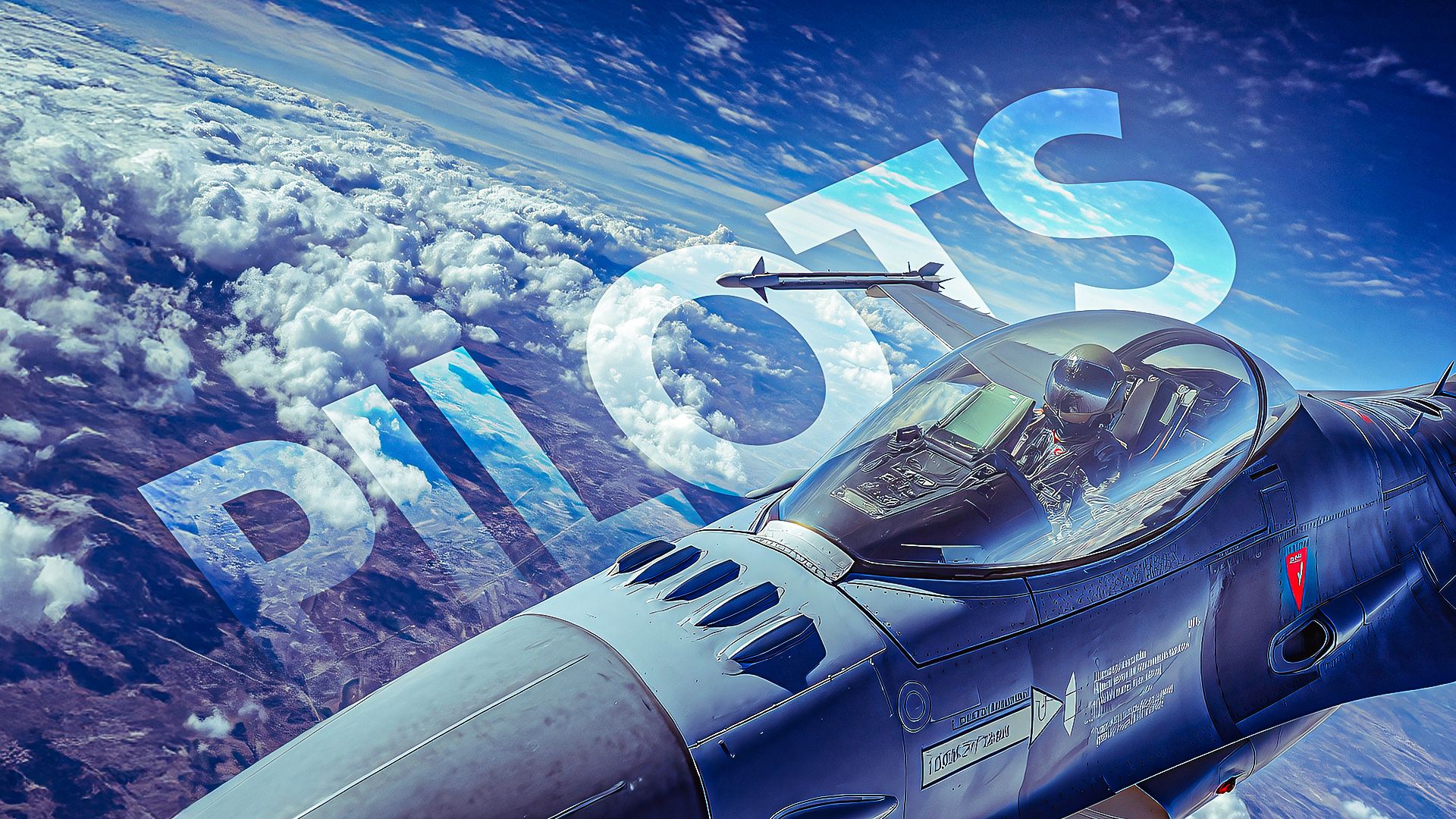The United States Air Force (USAF) stands as the largest air force in the world in terms of the number of pilots. As of 2023, the USAF boasts a pilot count exceeding 13,000, reflecting its significant role in global military aviation. This article examines the factors contributing to its dominance, the scale of its operations, and the path to becoming a USAF pilot.
One of the primary reasons for the USAF’s large pilot population is its extensive operational footprint. The air force operates a diverse fleet of over 5,300 aircraft, including fighters, bombers, and transport planes. This variety necessitates a substantial number of pilots to maintain optimal operational readiness across various missions. Each pilot typically flies multiple aircraft types throughout their careers, enhancing their versatility and effectiveness in different combat and support scenarios.
The rigorous training programs of the USAF play a crucial role in cultivating its pilot ranks. Prospective pilots undergo a comprehensive selection process, which includes academic evaluations, physical fitness tests, and psychological assessments. Once selected, candidates enter the Air Force Academy or attend Officer Training School, followed by specialized flight training. This intense preparation ensures that pilots are equipped with the skills needed to operate advanced military aircraft.
In contrast to many other air forces around the world, the USAF’s structure allows for a higher pilot-to-aircraft ratio. While smaller air forces may have a limited number of pilots flying a larger number of aircraft, the USAF’s approach emphasizes quality training and operational capacity. This strategy enables the air force to deploy pilots more effectively in various combat and humanitarian missions globally.
The USAF continues to evolve its approach to pilot training and retention in response to changing technological and geopolitical landscapes. Innovations in simulation technology and artificial intelligence are reshaping training methodologies, allowing pilots to gain valuable experience without the risks associated with live flight. This adaptation is essential as the air force seeks to maintain its competitive edge in a rapidly changing military environment.
As the demand for skilled pilots grows, the USAF faces challenges in recruitment and retention. Addressing these challenges requires ongoing investment in training programs and incentives to attract young talent. The air force has implemented various initiatives, including scholarship programs and bonuses, to encourage individuals to pursue a career in military aviation.
In conclusion, the United States Air Force remains the largest air force in the world, driven by its extensive fleet, rigorous training programs, and commitment to operational readiness. With over 13,000 pilots actively serving, the USAF exemplifies the critical role that air power plays in modern military strategy. As it adapts to the evolving landscape of military aviation, the air force will continue to prioritize the development of skilled pilots capable of meeting future challenges.
